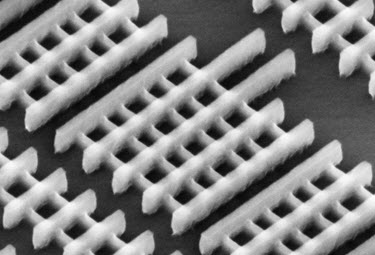
In the video, Bohr explains that these transistors are normally built in a two-dimensional fashion, where electrons flow from one end of a transistor to another in a planar way. With the Tri-Gate transistors, they flow sideways, then up, then across and then down again. This allows the transistor to take up less space on a chip, the same way a skyscraper is a more efficient use of a plot of land.
[aditude-amp id="flyingcarpet" targeting='{"env":"staging","page_type":"article","post_id":257920,"post_type":"story","post_chan":"none","tags":null,"ai":false,"category":"none","all_categories":"business,","session":"A"}']VentureBeat's mission is to be a digital town square for technical decision-makers to gain knowledge about transformative enterprise technology and transact. Learn More
